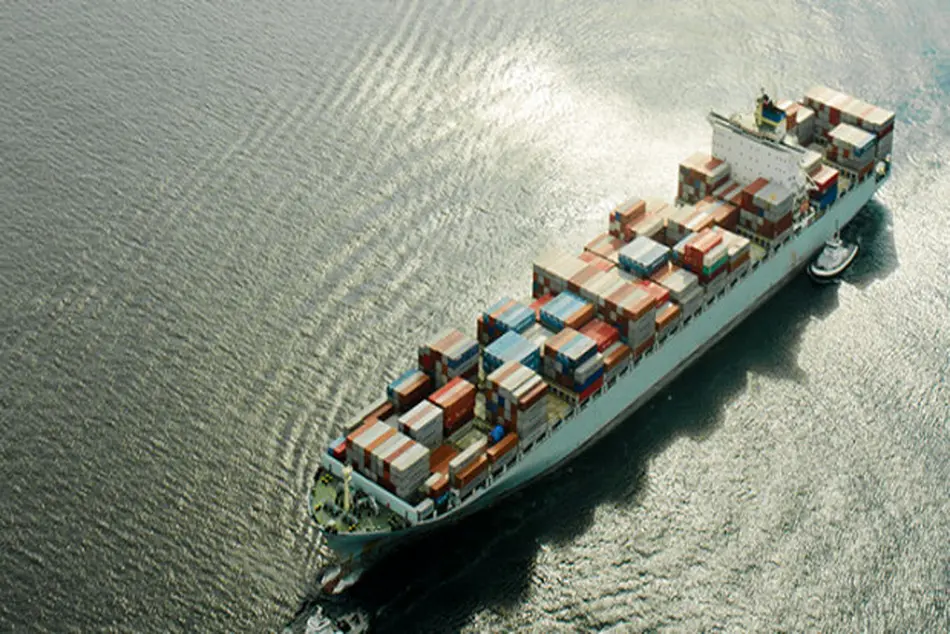Fujairah eases restrictions on tankers going to/from Qatar

The port of Fujairah eased Monday its restrictions on tankers going to or arriving from Qatari ports a week after it imposed a blanket ban following the UAE’s ending of diplomatic ties and closing of all borders with Qatar, a market source told S&P Global Platts.
But the ban still applies to the port’s VLCC jetty which is operated by ADNOC.
Under the latest development, Fujairah port now decides “not to receive any Qatari flag vessel or owned by Qatari companies or Qatari individuals; not load/unload any cargo of Qatari origin in any port of water of UAE; not to allow ships to load any cargo of UAE origin to State of Qatar,” according to a circular obtained by S&P Global Platts.
The easing of restrictions on tankers heading to Qatar or arriving from Qatari ports effectively lifts the ban on co-loading Qatari oil as there are few Qatar-flagged tankers, according to another market source.
In its circular issued on June 5, the Fujairah port banned any vessels flying the flag of Qatar or vessels destined to or arriving from Qatari ports from calling at the Port of Fujairah and Fujairah Offshore Anchorage regardless of the nature of the call until further notice.
But the latest circular does not cover vessels loading at Fujairah’s VLCC jetty, which is operated by state-owned Abu Dhabi National Oil Co., or ADNOC, a source close to the company said Monday.
On Thursday Abu Dhabi reinstated restrictions on accepting tankers heading to Qatar or arriving from Qatari ports after briefly easing them earlier last week. ADNOC said in a circular sent to its customers that would deny “entry into any of the petroleum ports for all vessels arriving from or destined to Qatar, regardless of its flag.”
The restriction also applies to vessels which will stop at Qatari ports, even if there is another port in between, the source clarified.
“If Qatar is listed on the manifest, then it doesn’t matter if there is a third port between the UAE and Qatar. It will not be allowed to load,” the source said.
Some shippers had believed vessels would be restricted from loading crude oil at UAE ports only if their next or previous destination was Qatar.
The restriction makes it difficult for buyers of Middle Eastern oil to co-load Qatari oil on their tankers. A VLCC typically carries 2 million barrels of crude. There are dozens of cargoes that are partially loaded in Qatar, Bahrain, Saudi Arabia and the UAE.
One VLCC, the Greek-owned Maria Angelicoussis, entered Qatar’s Al-Shaheen oil terminal Sunday and is currently loading Qatari crude, having previously loaded crude from Kuwait and the UAE, according to S&P Global Platts trade flow software cFlow.
The vessel left Jebel Dhana in Abu Dhabi June 6, cFlow showed. It arrived at Kuwait’s Mina al-Ahmadi terminal and June 9 before heading to Qatar. It’s final destination is unknown.
The ship’s owner/operator, Maran UK, declined to comment on its status.
Prior to the announcement from Fujairah port authorities, trading companies were looking at the option of splitting cargoes if they aren’t allowed to do direct sailing between ports of UAE and Qatar or Baharain and Qatar.
In one such case, Total released a VLCC the DS Venture and instead placed two Suezmaxes on subjects, the Eagle San Juan and the Nordic Star for June 21 and June 23 loading of non-heated crude on the Persian Gulf to East route, shipping industry sources said.
They said Eagle San Juan is likely to load the cargo in Jebel Dhanna while the Nordic Star may do so in Al-Shaheen.
In some cases, the cargoes can be downsized even if ships need to do bunkering in Fujairah before or prior to direct sailing to a Qatari port.
“Maybe it is cheaper to load cargoes on VLCCs but if it cannot be done, the only option is Suezmax,” a source with a Suezmax owner said.
At current freight rates, the costs of moving VLCC cargoes on the Persian Gulf- Far East, Persian Gulf-Japan and Persian Gulf-China routes are $6.08/mt and $7.51/mt and $6.59/mt, respectively, basis 270,000 mt cargoes, except for Japan, which is basis 265,000 mt, according to the latest S&P Global Platts data.
The cost of moving cargoes on Suezmaxes on the PG-East route is $9.10/mt, basis 130,000 mt cargoes, the data showed.



